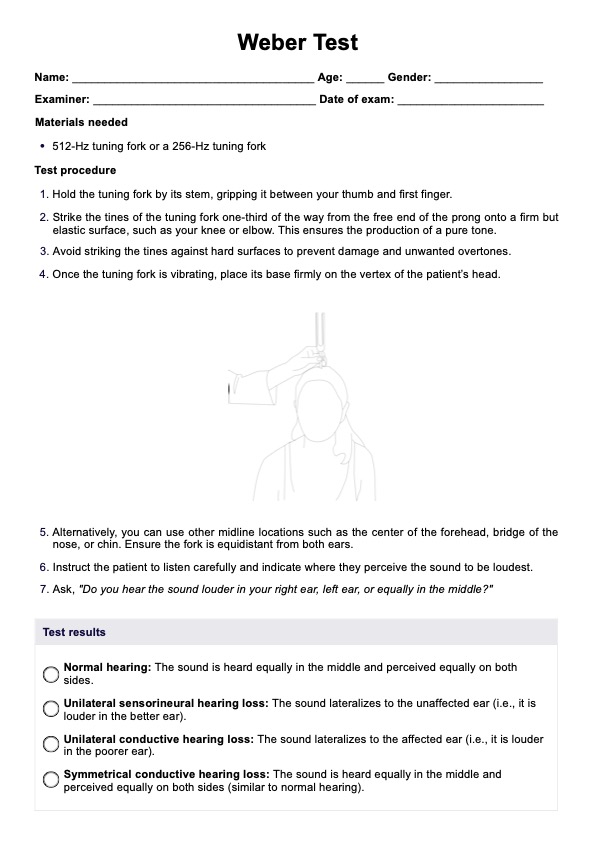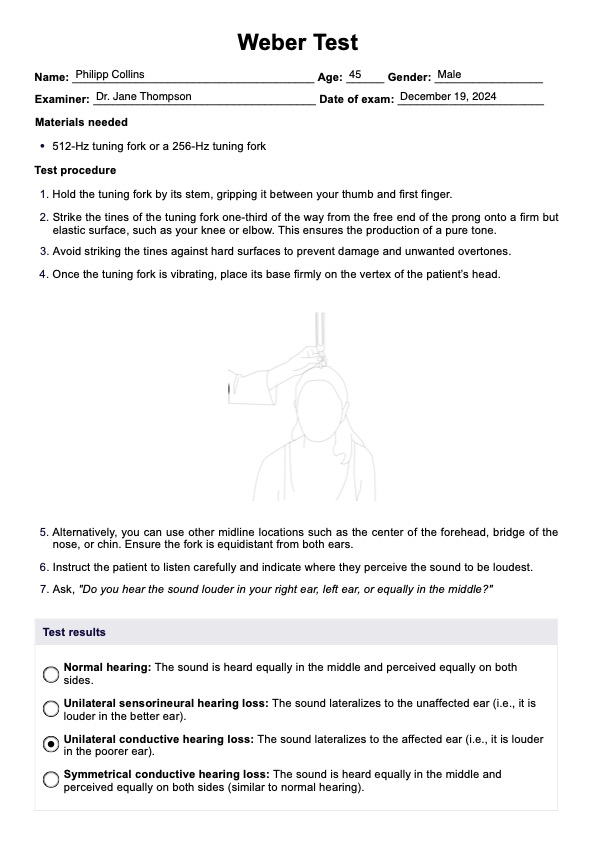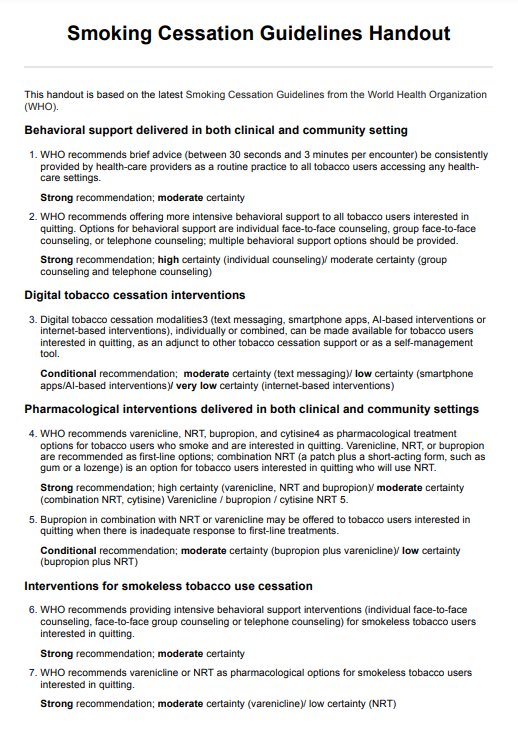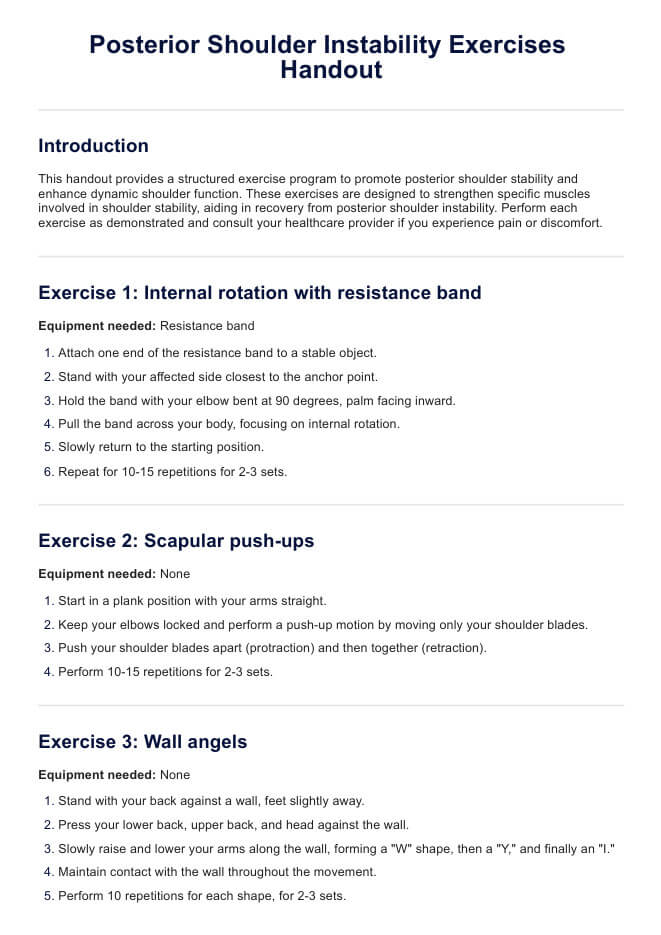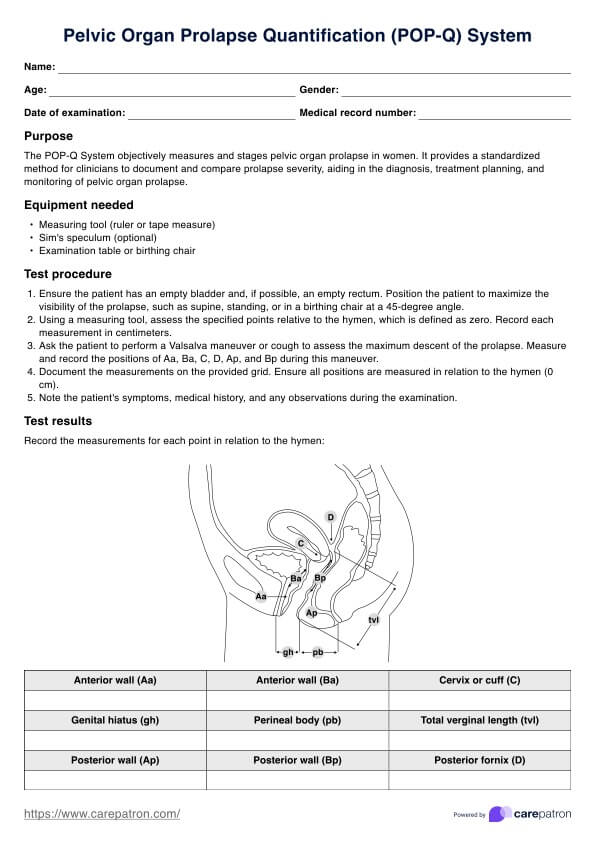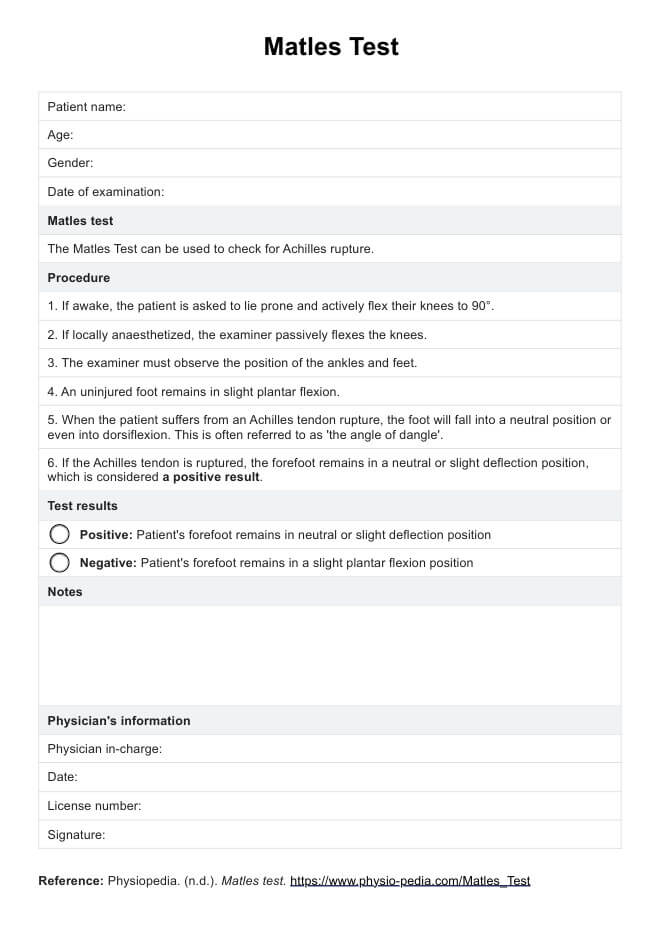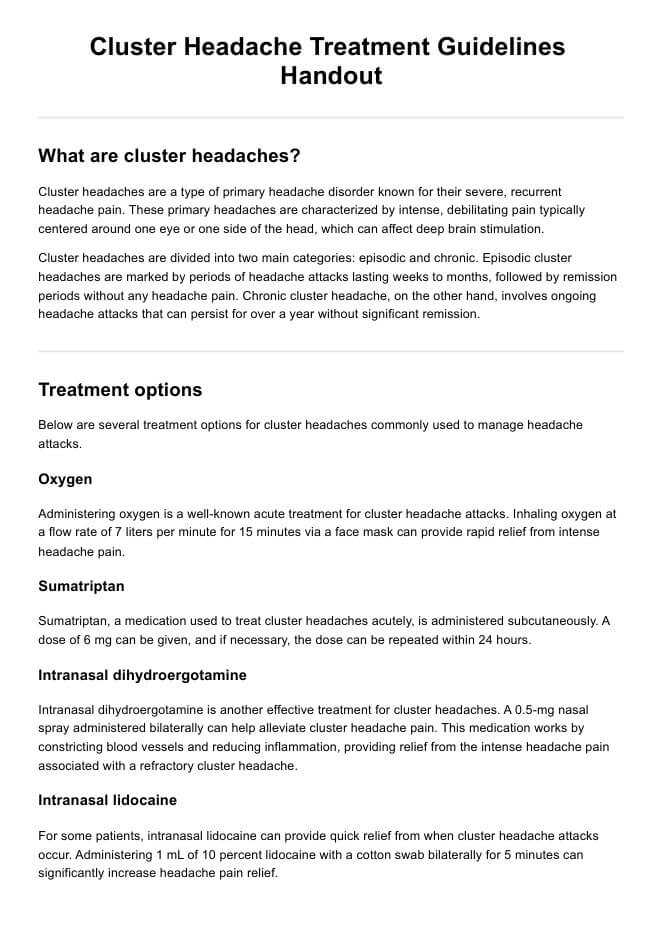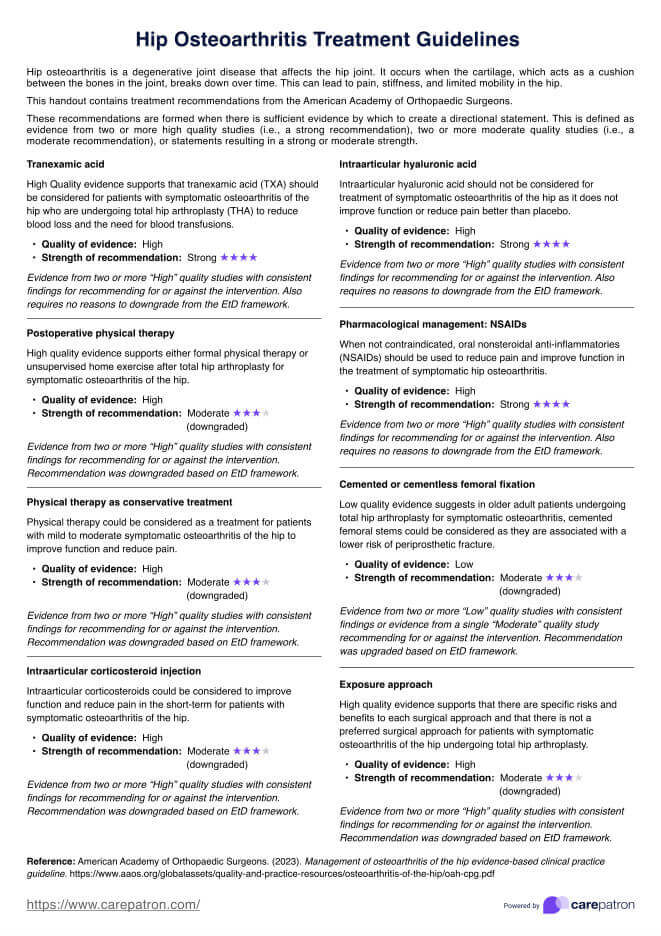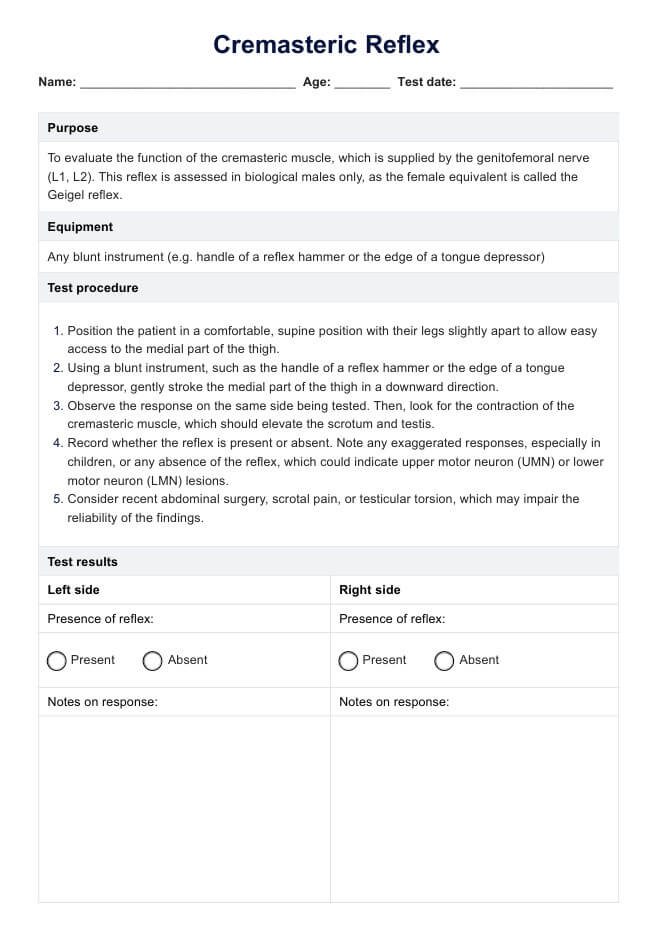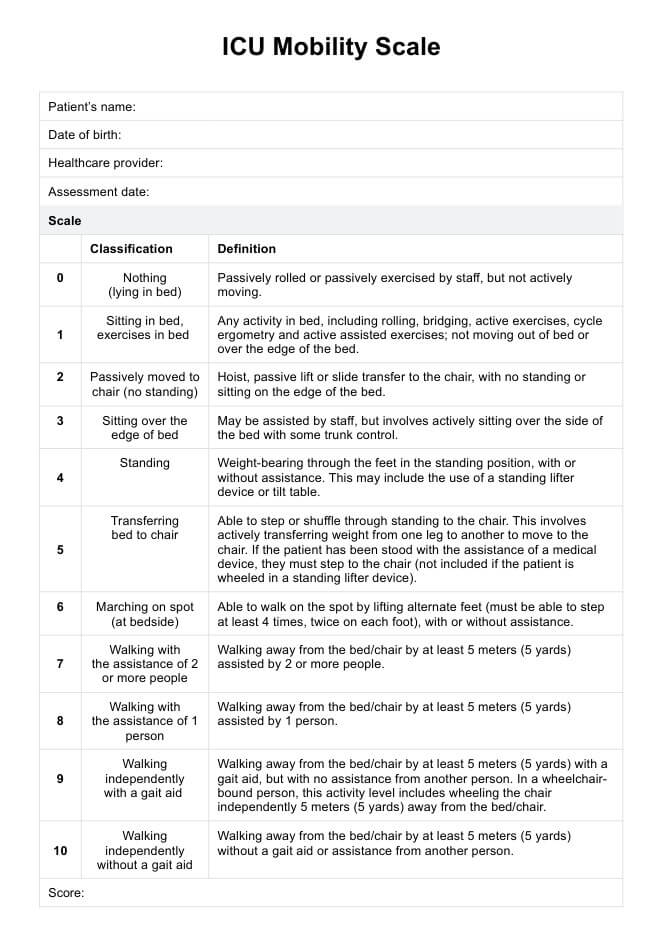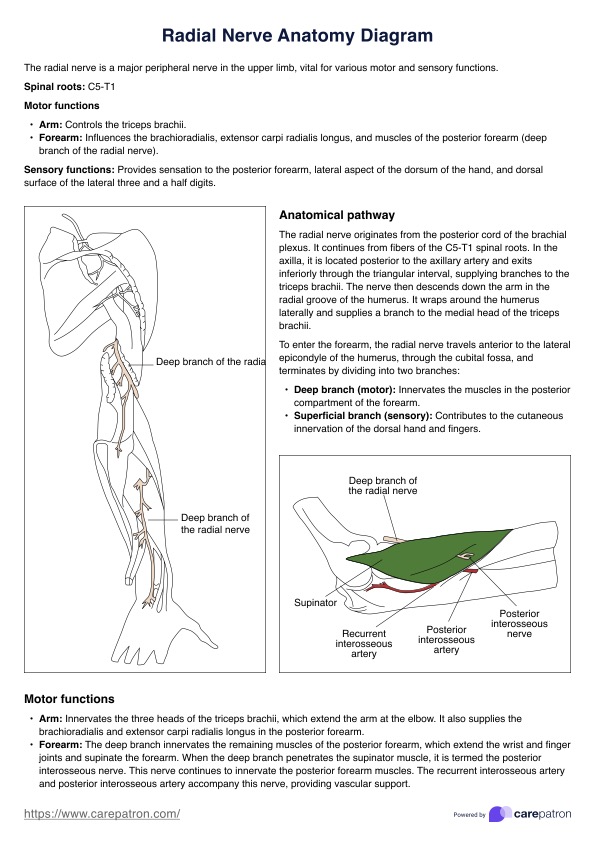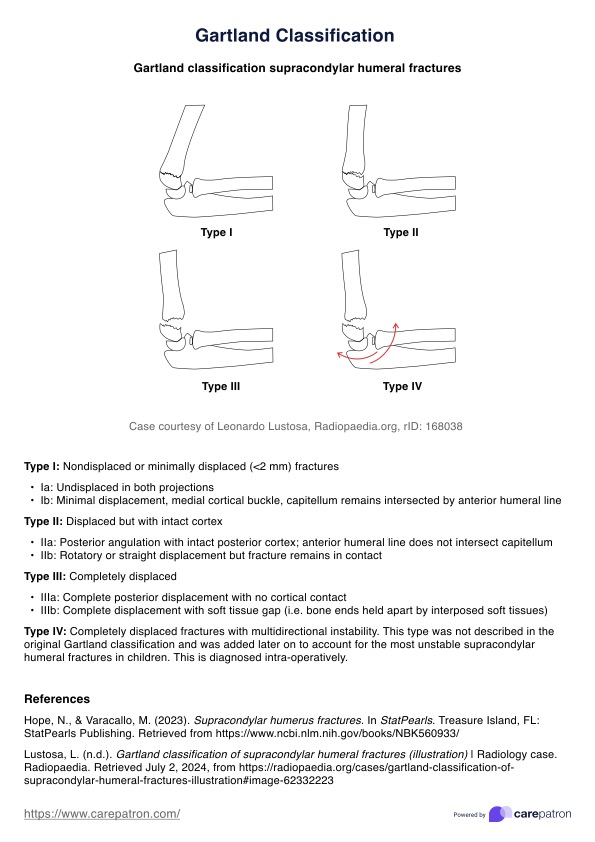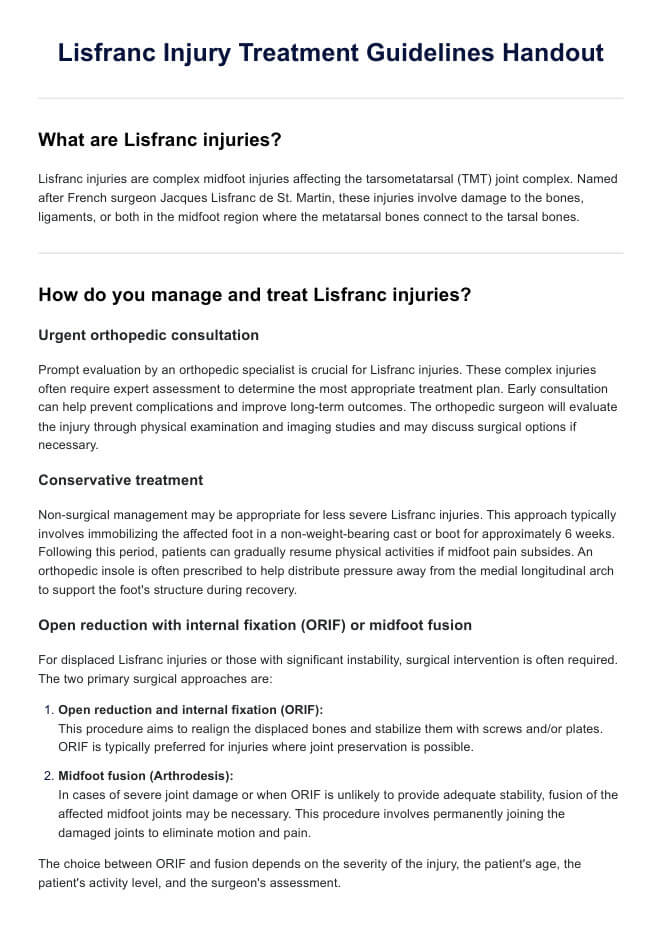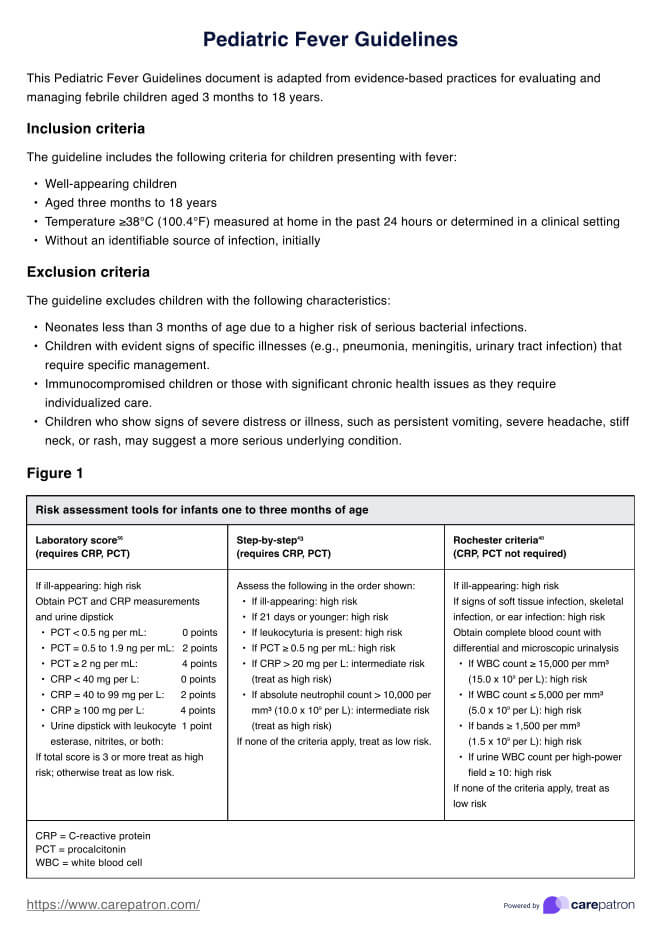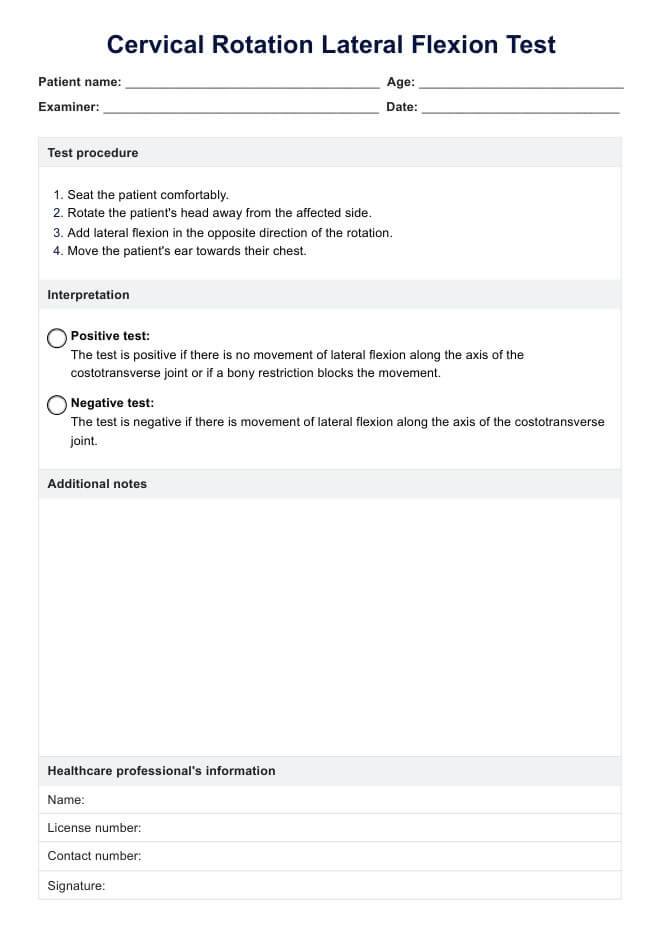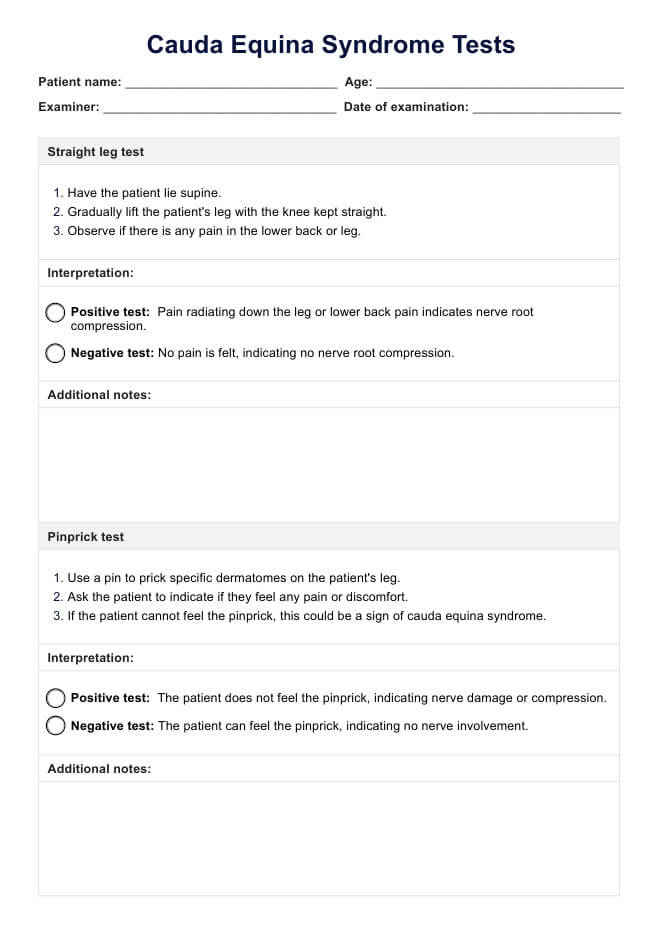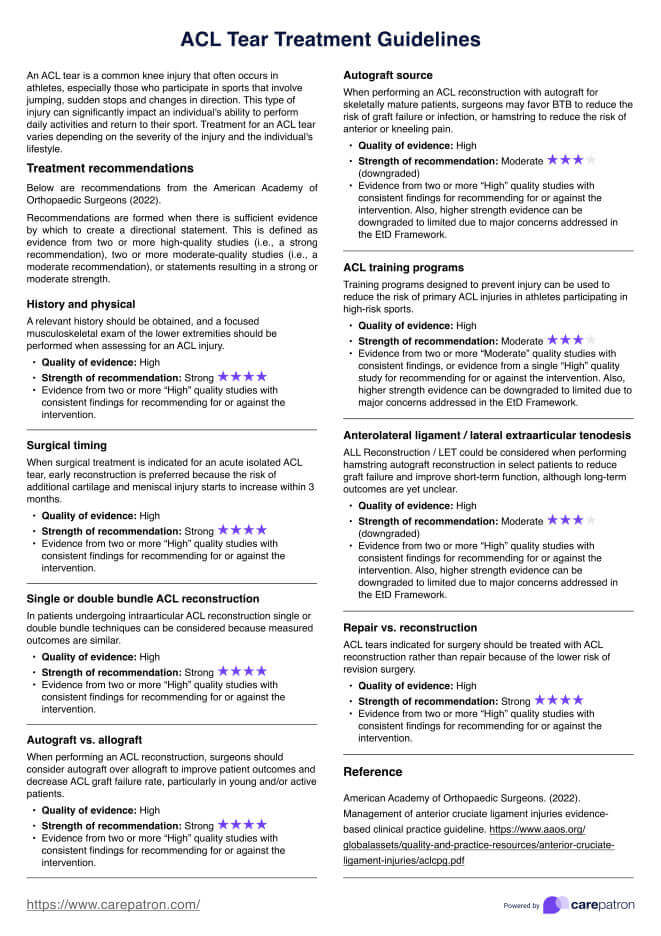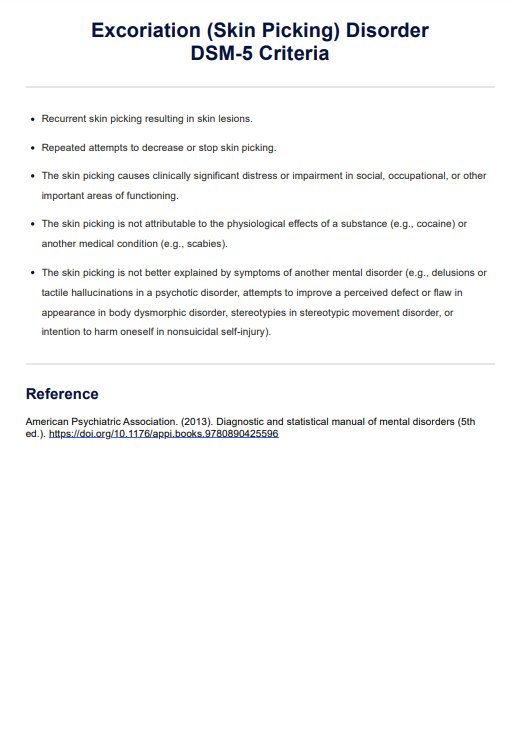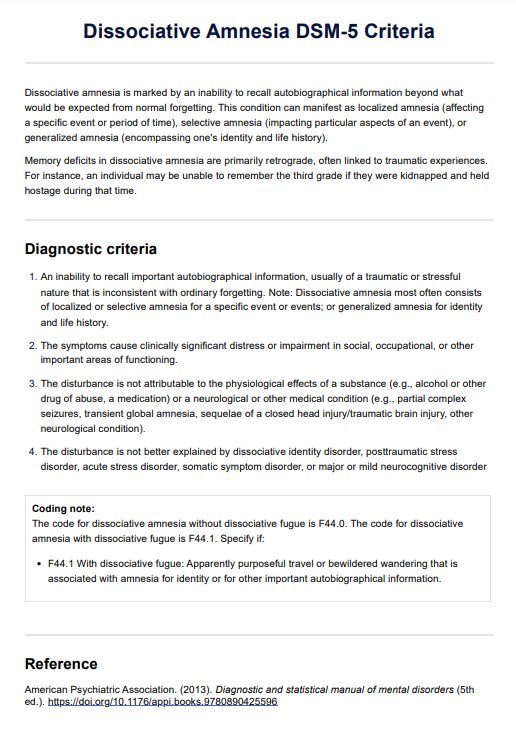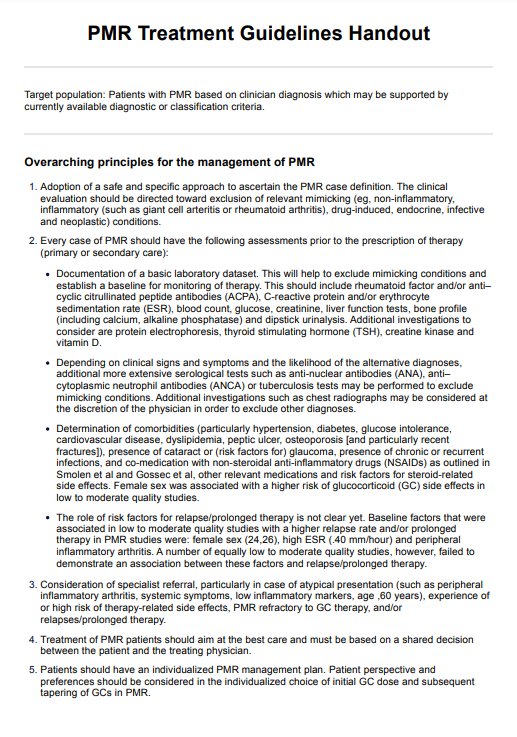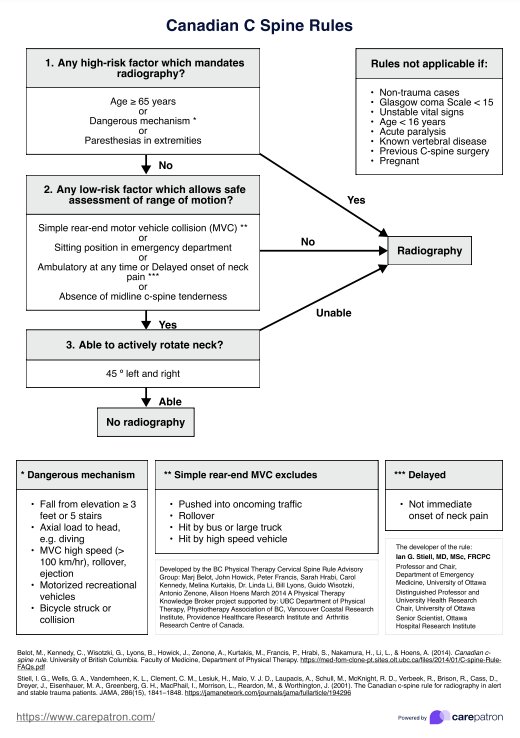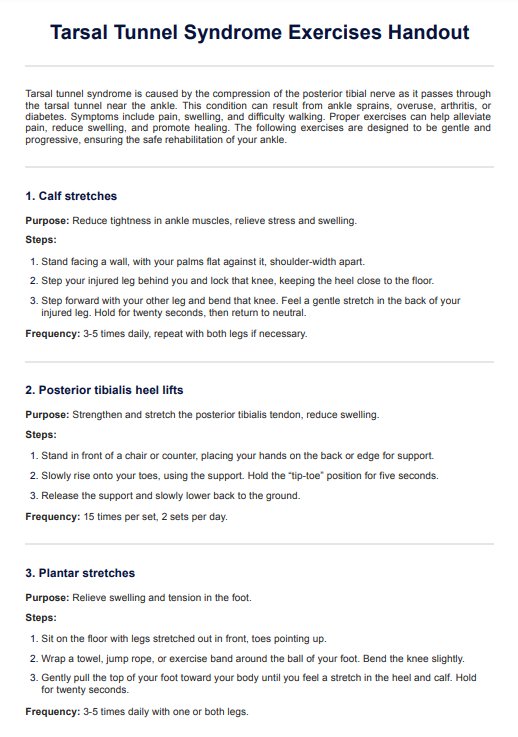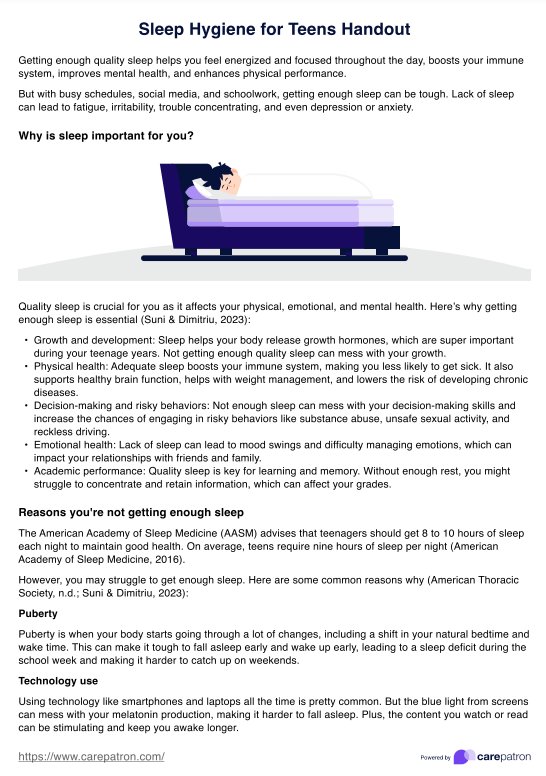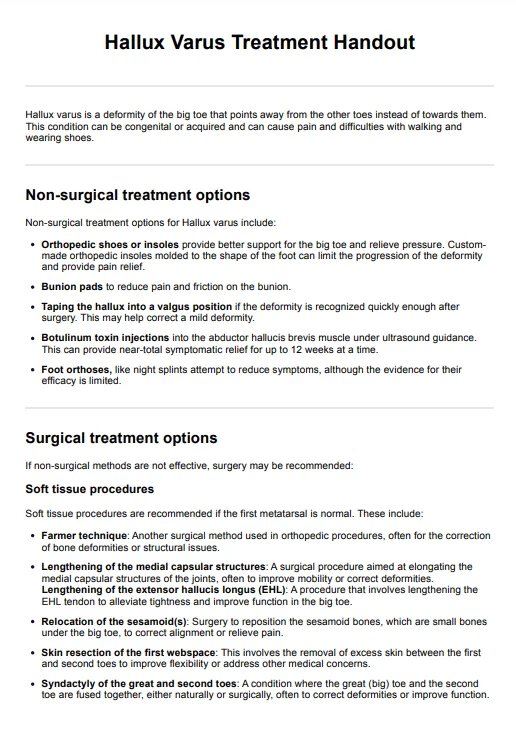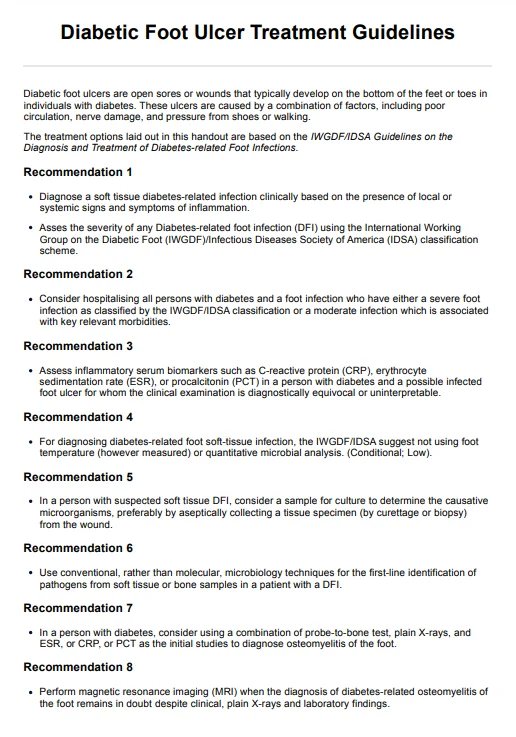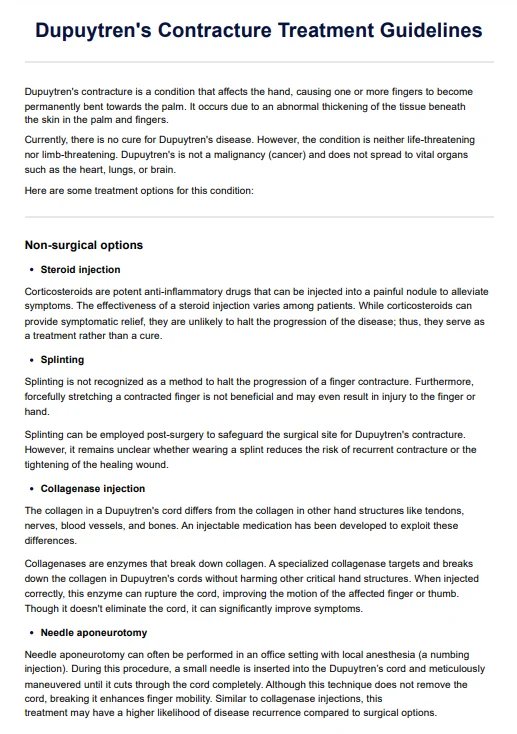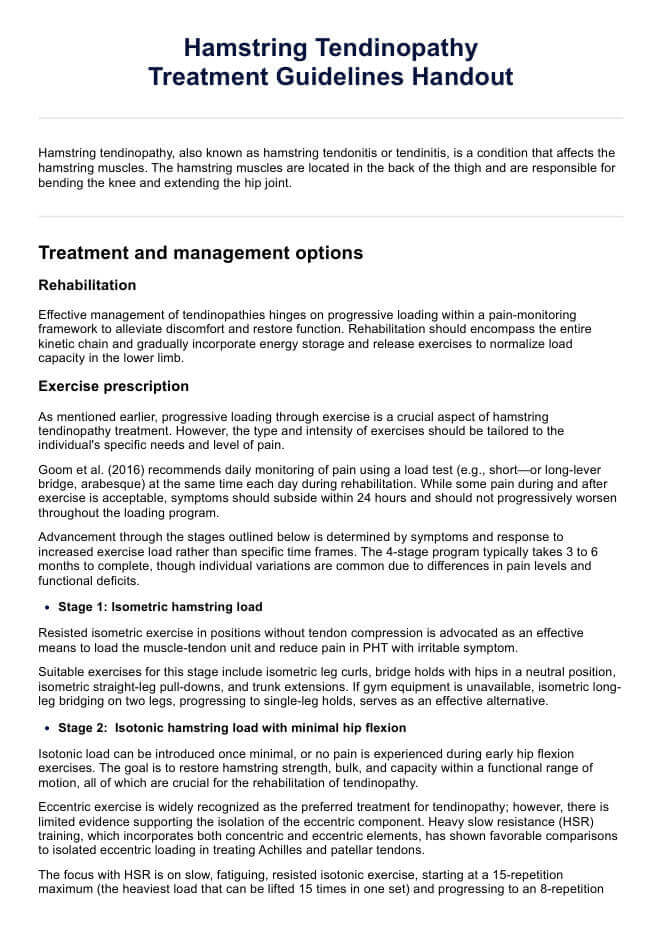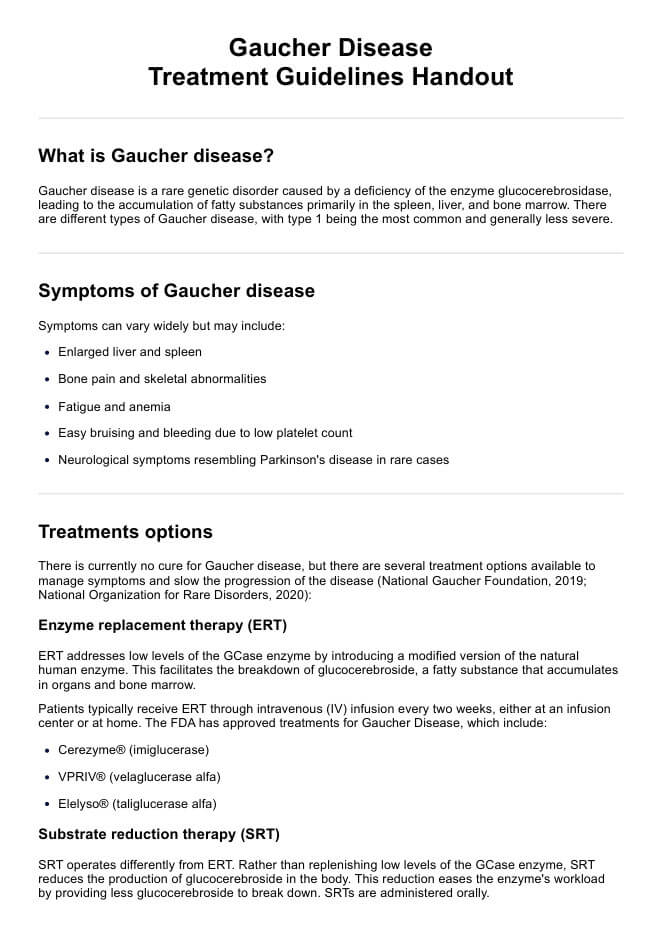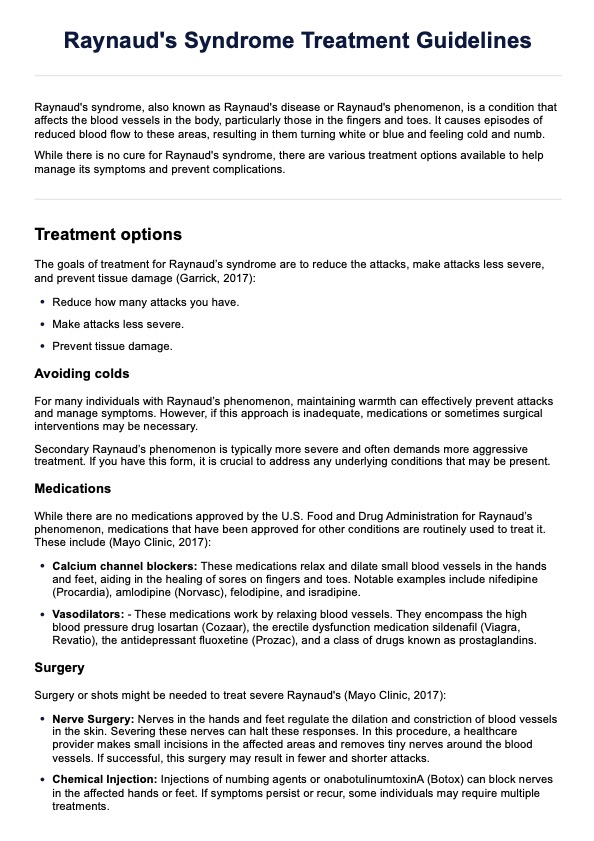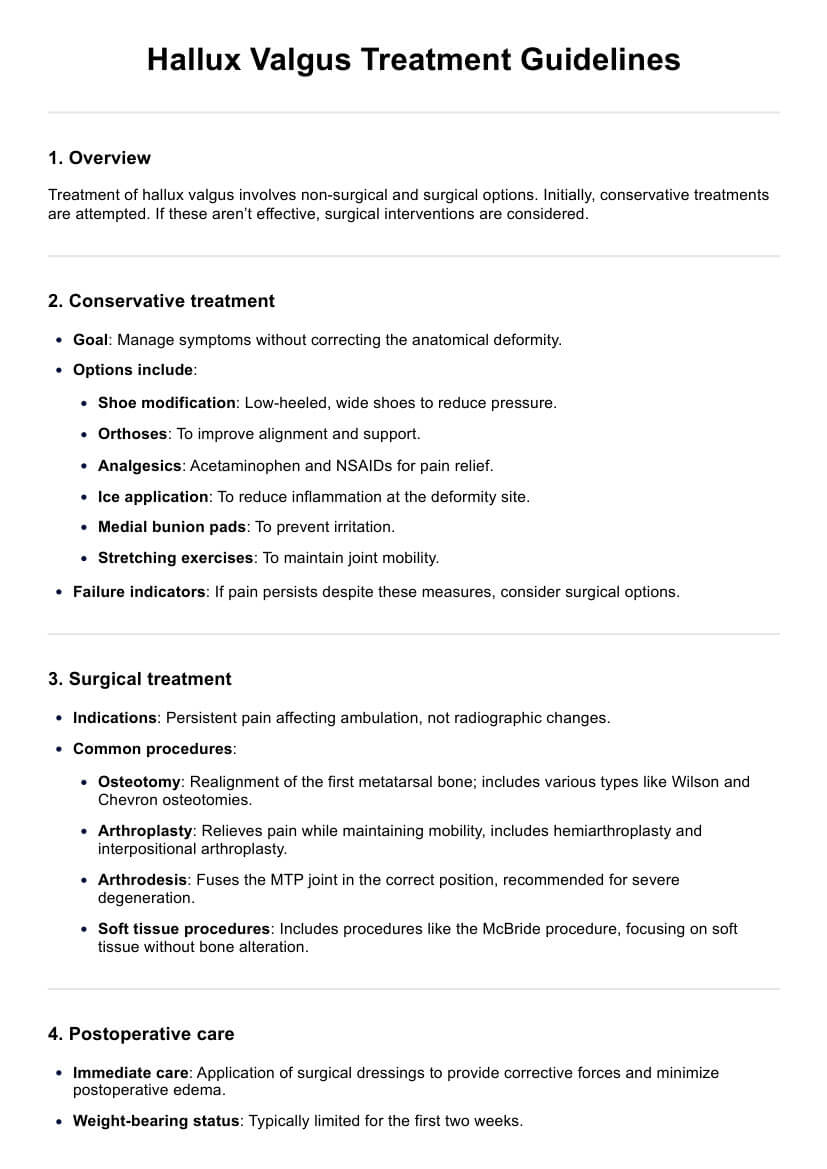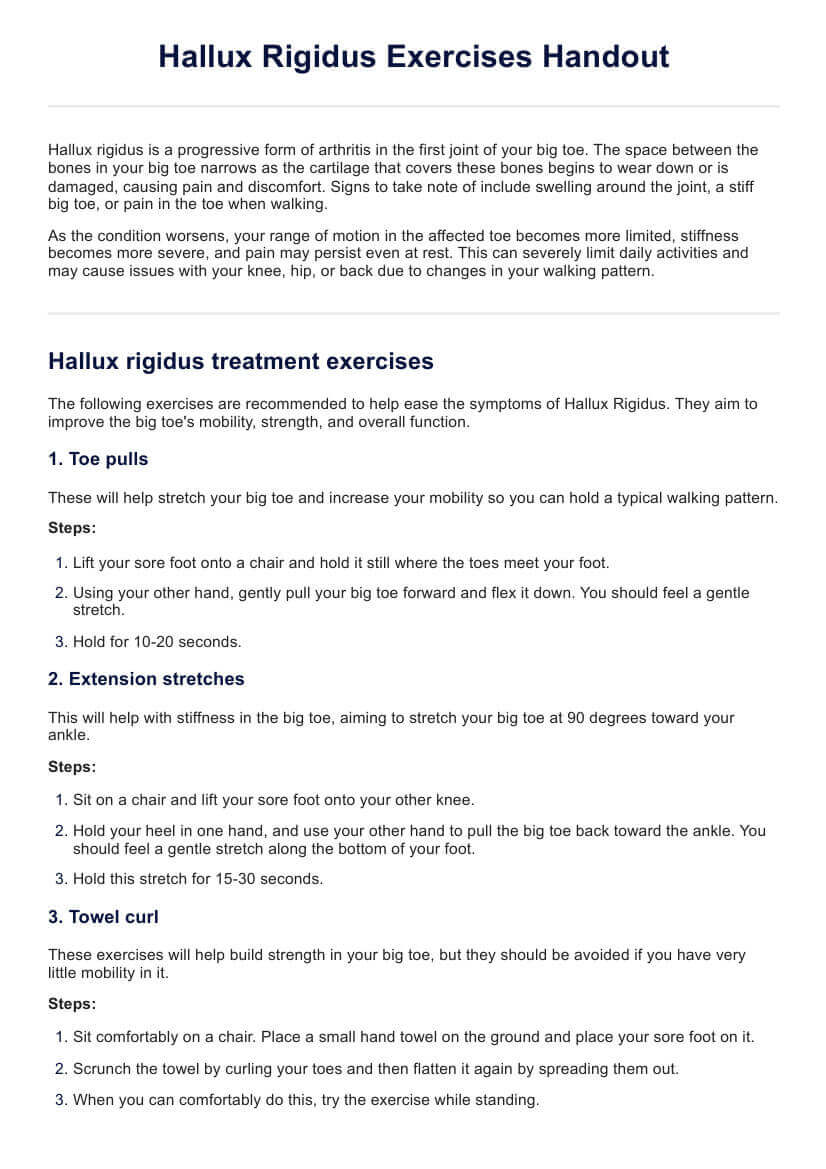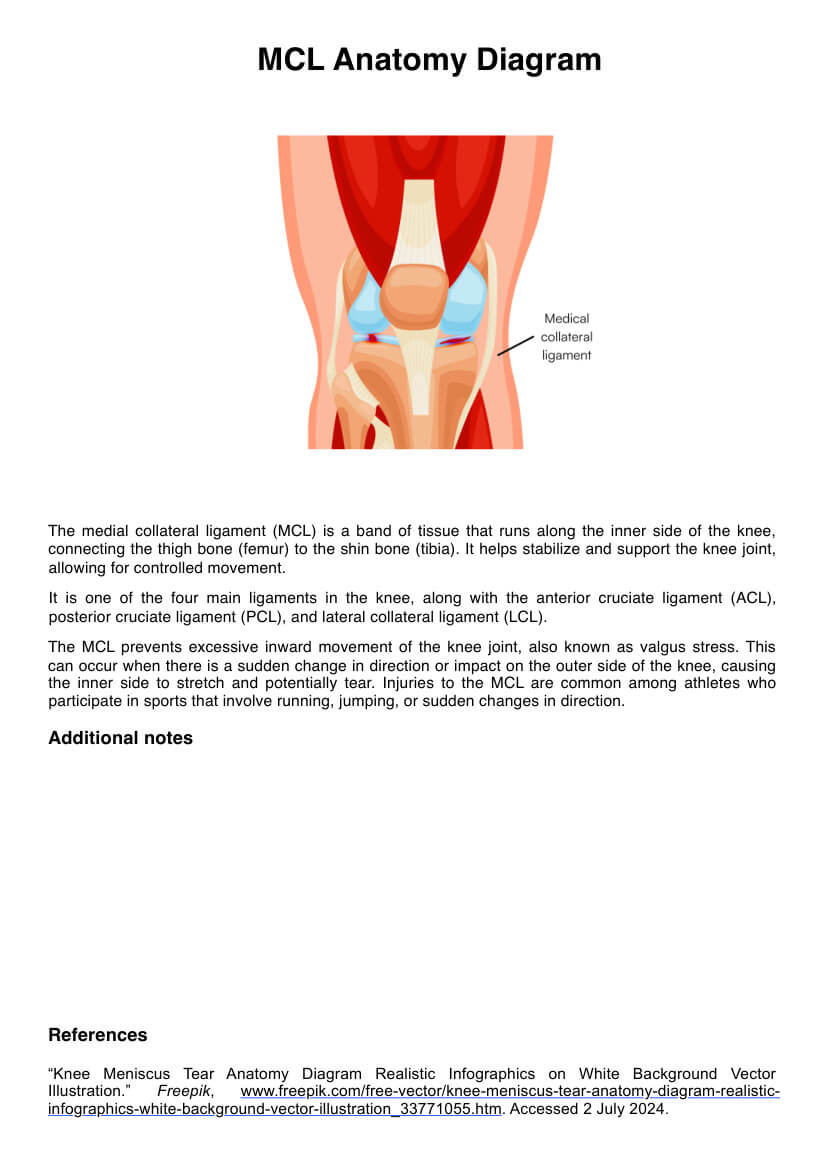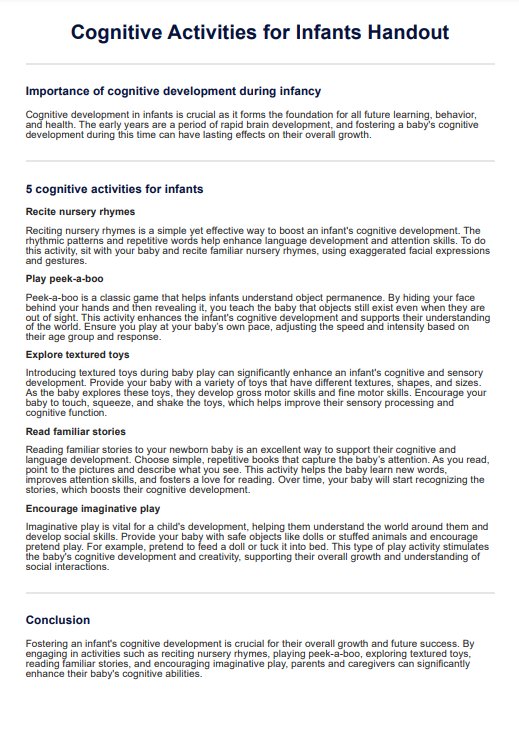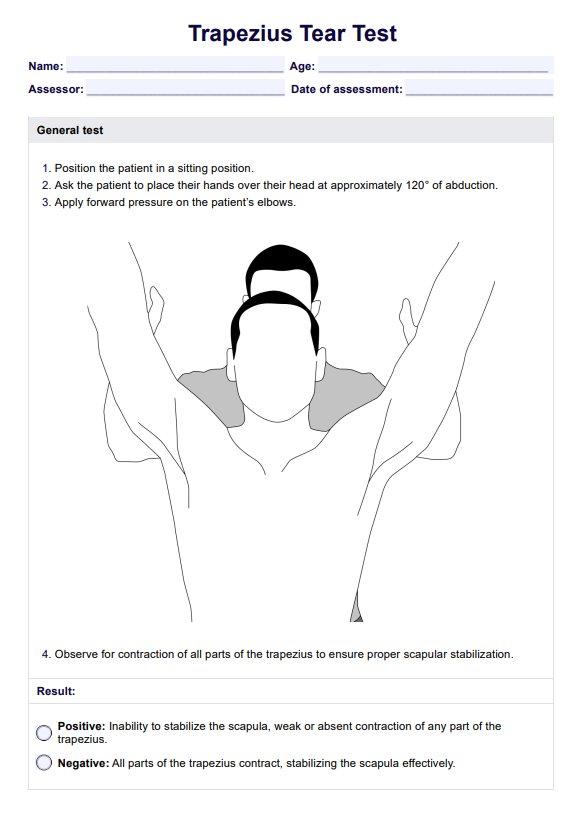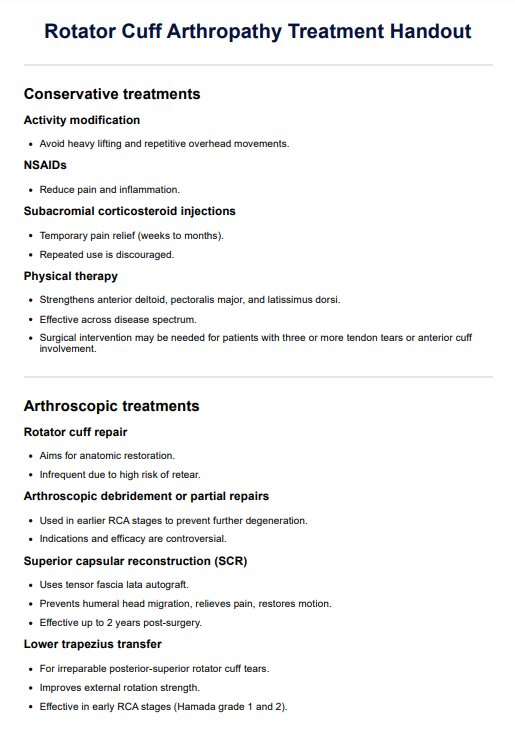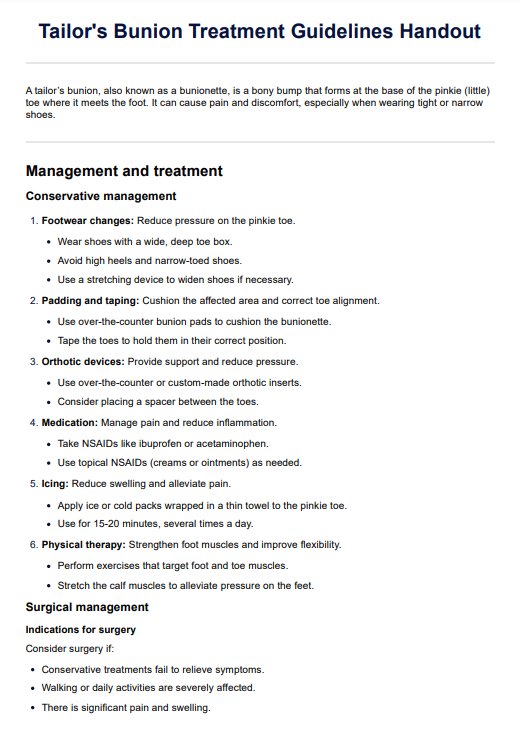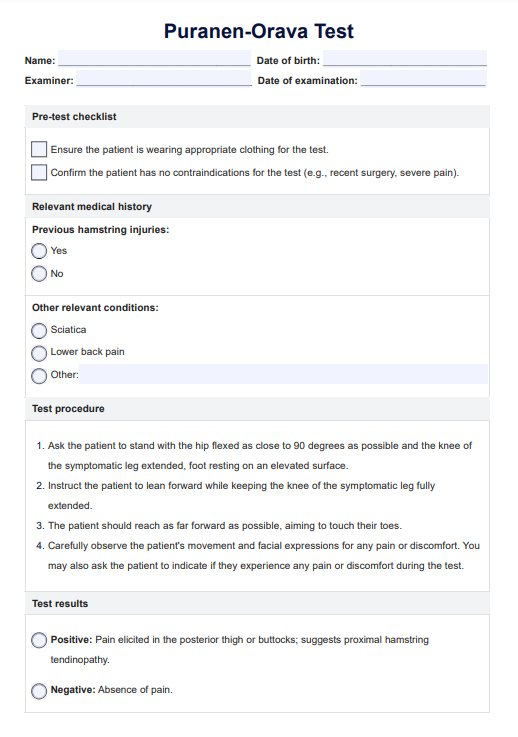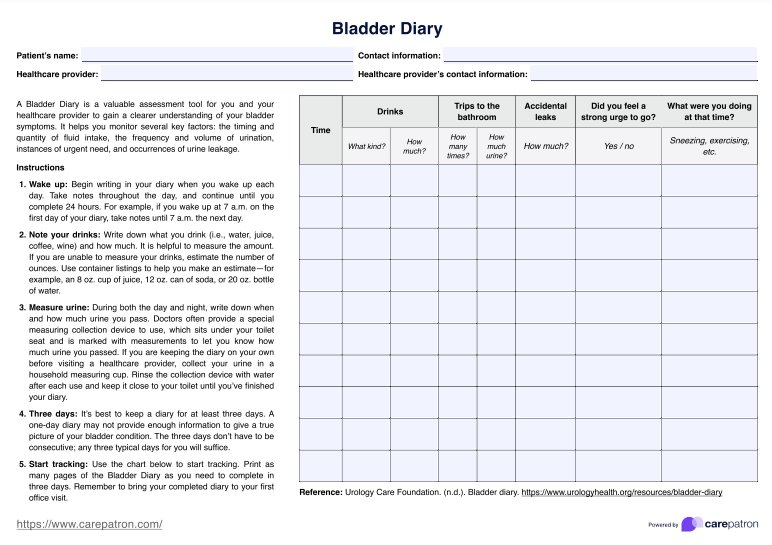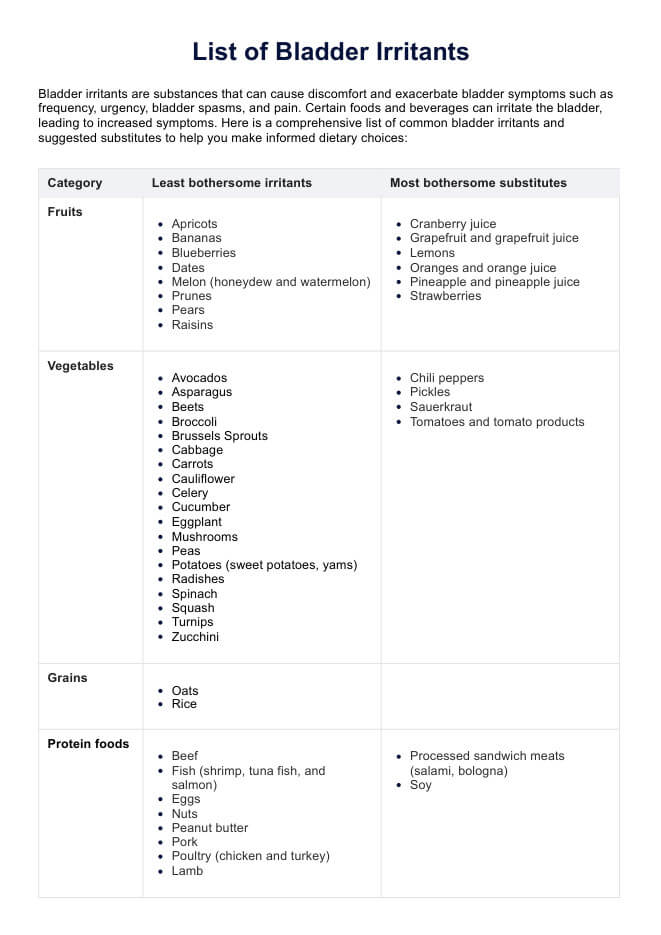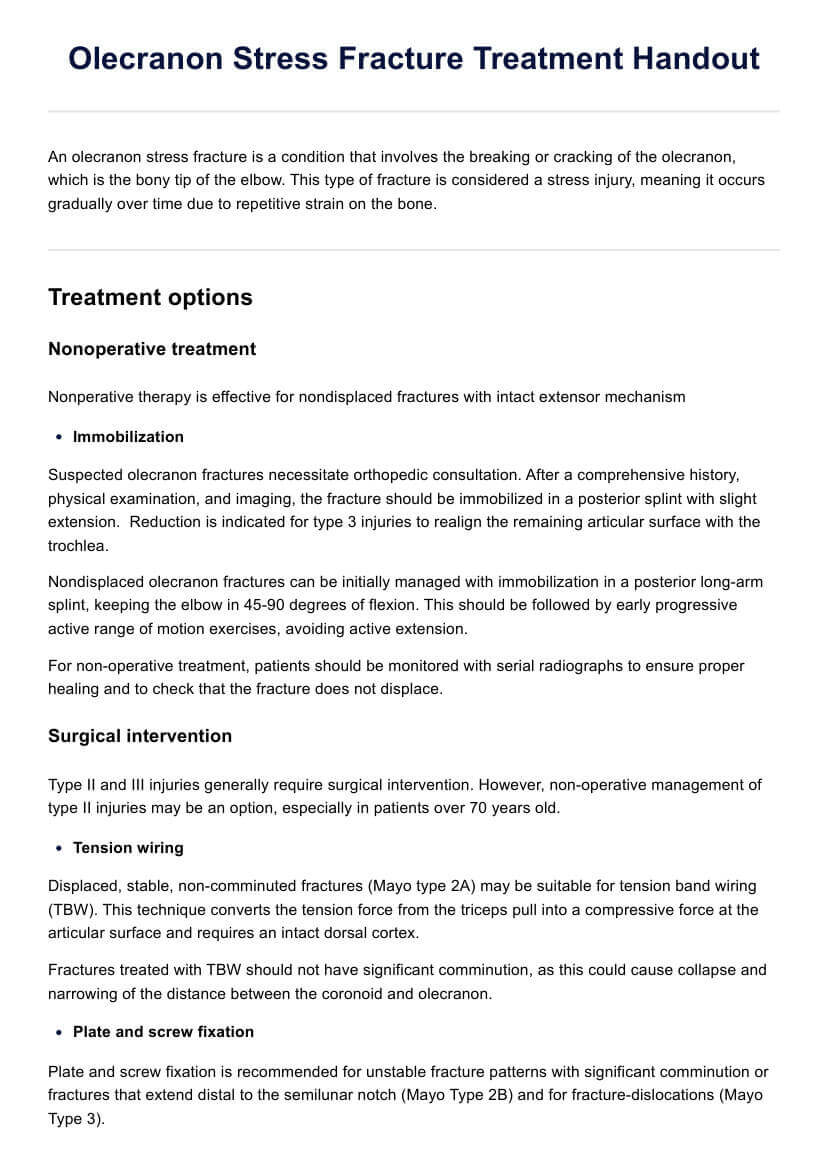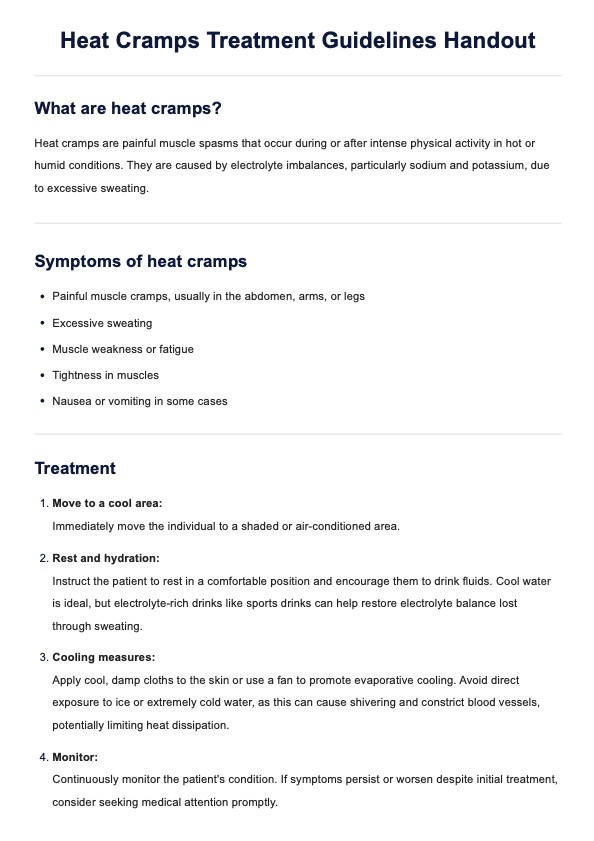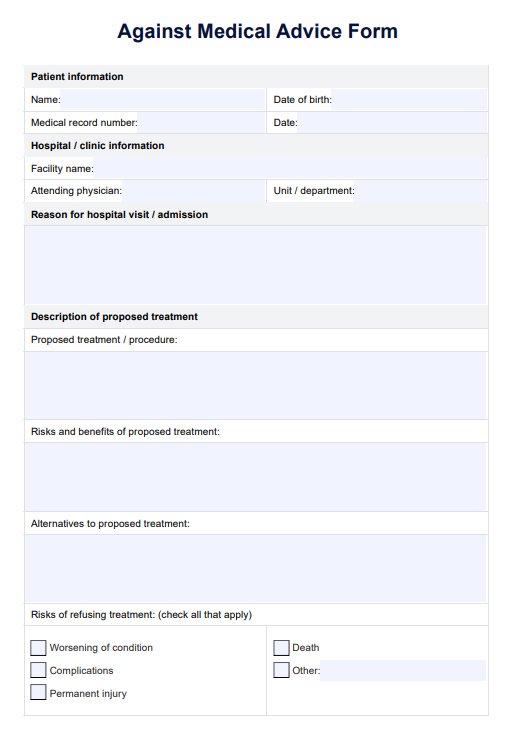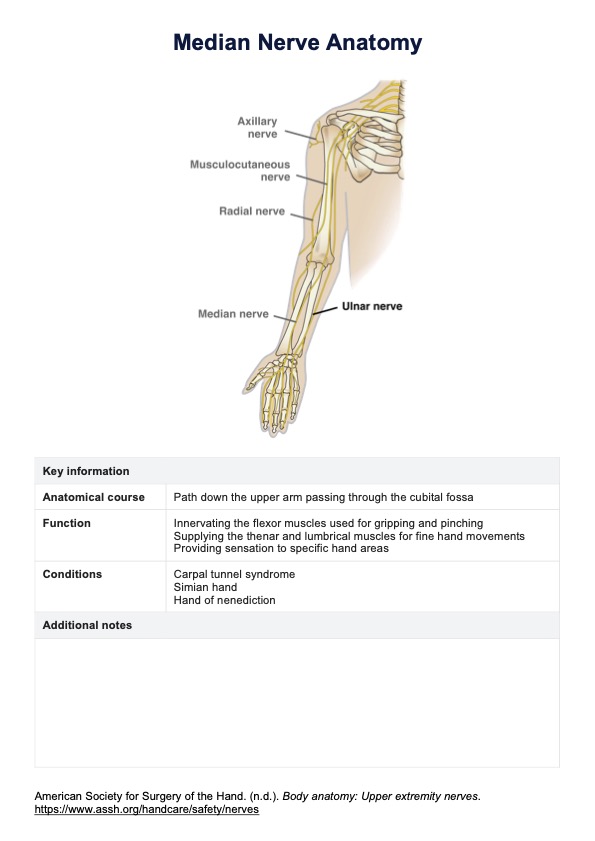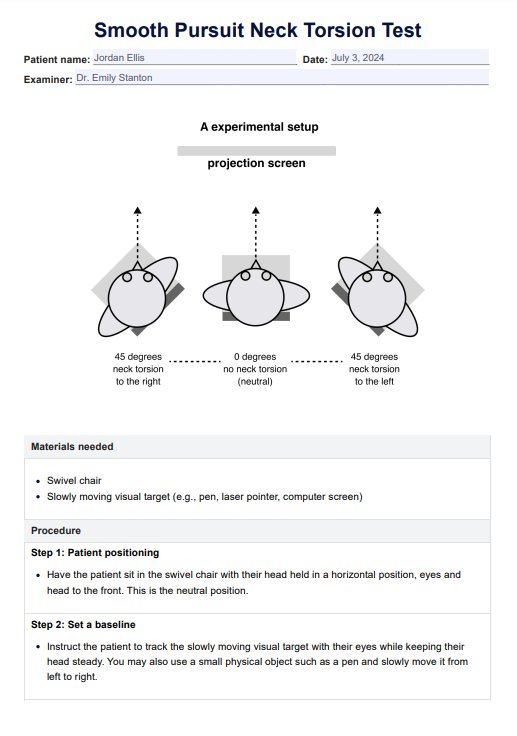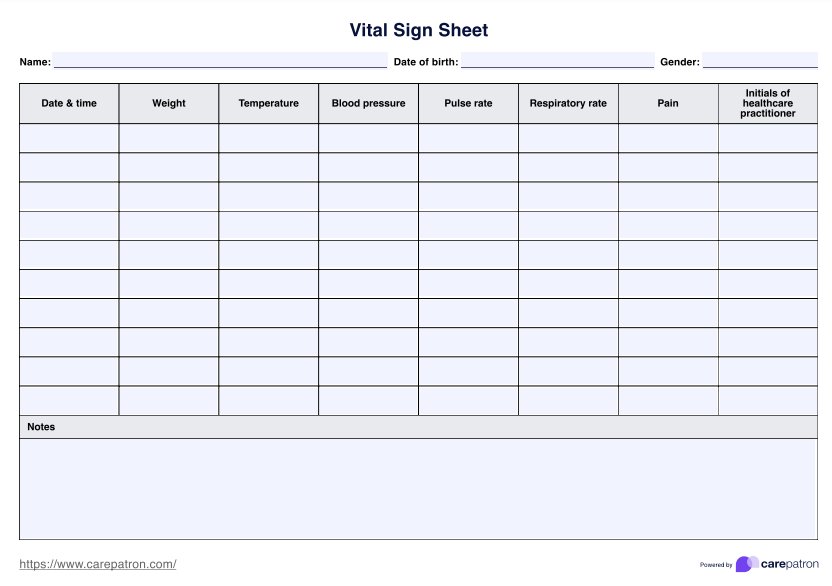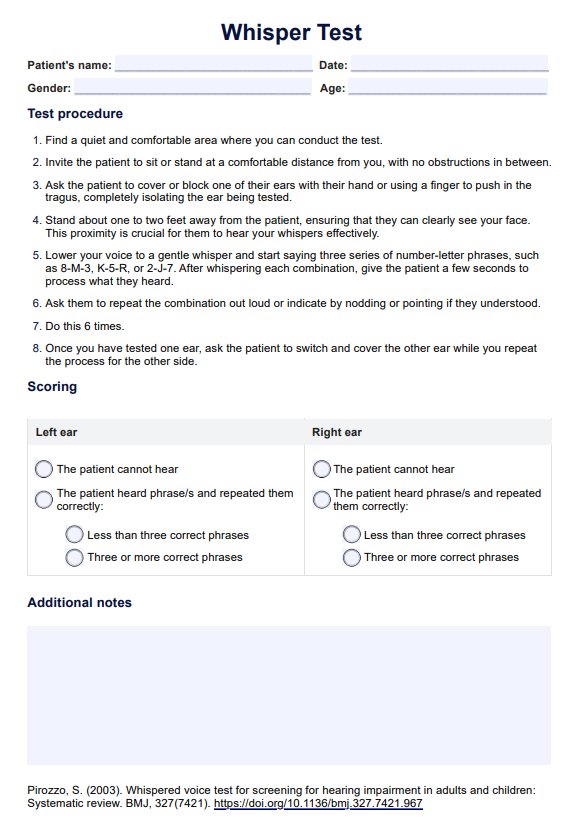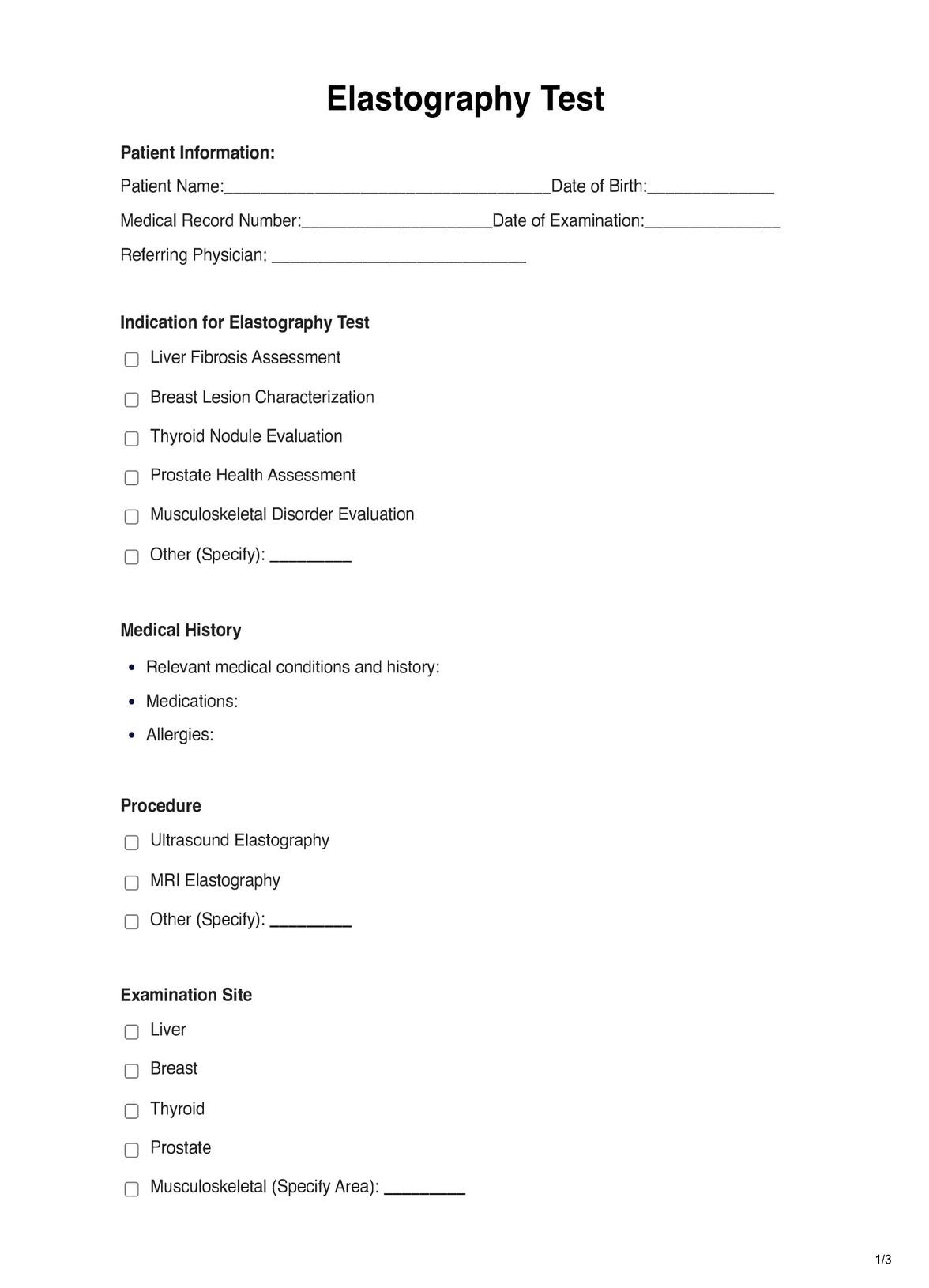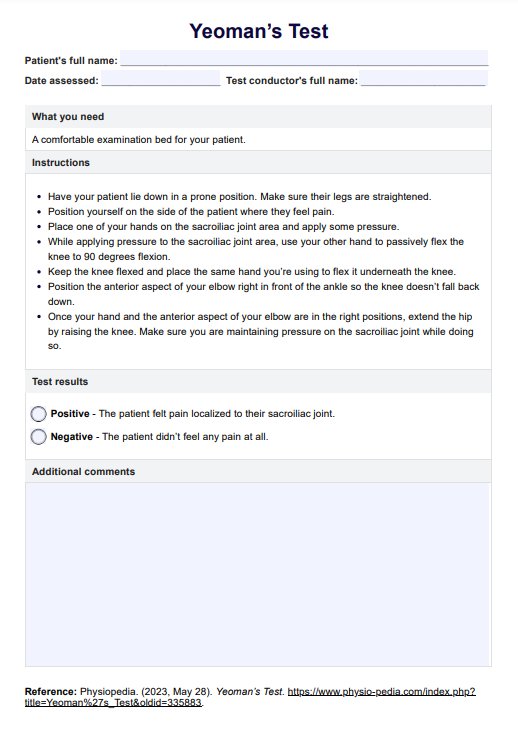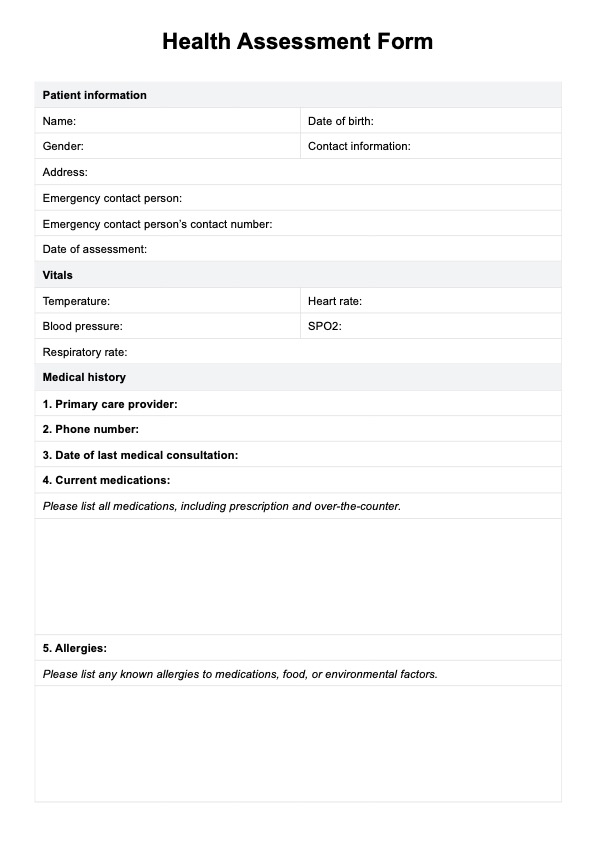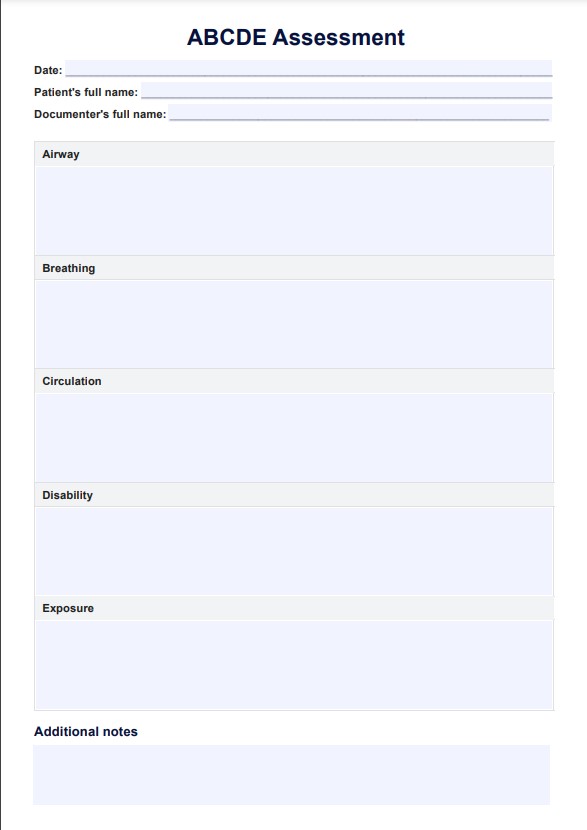Weber Test
Discover the Weber Test, a key tool for diagnosing hearing loss. Download Carepatron's free PDF example to learn how it's performed and interpreted.


What is the Weber Test?
The Weber Test is a simple and effective screening tool for evaluating hearing loss, specifically unilateral hearing loss. It helps differentiate between conductive hearing loss and sensorineural hearing loss by assessing how sound is perceived through bone conduction (Wahid et al., 2022). A vibrating tuning fork is placed on the patient’s forehead, or the top of the head, and the test relies on the way sound is heard in each ear.
In normal hearing cases, the sound is perceived equally in both ears because vibrations travel through the skull to both inner ears. However, in the case of unilateral sensorineural hearing loss, the sound is typically heard louder in the unaffected ear, as the inner ear (where sensorineural hearing occurs) is less sensitive to vibrations in the affected ear. On the other hand, unilateral conductive hearing loss results in the sound being heard louder in the affected ear, as bone conduction bypasses problems in the outer or middle ear, enhancing sound perception in the impaired ear.
By performing the Weber test, healthcare practitioners can identify the type and location of the hearing loss, whether due to problems in the inner ear (sensorineural hearing loss) or in the outer or middle ear (conductive hearing loss).
Weber Test Template
Weber Test Example
How does it work?
The Weber Test is a simple and effective tool used by healthcare professionals to assess hearing loss. By following the steps outlined in this guide, you can efficiently perform the test, interpret results, and take the necessary steps to address sensorineural or conductive hearing loss.
Step 1: Access the test template
You can easily access the Weber Test template by clicking the "Use template" button to customize the template via the Carepatron app. For a quick PDF copy, click "Download."
Step 2: Introduce the test to the patient
Explain the Weber Test to the patient before beginning the procedure. Let them know that this test will help assess their hearing and distinguish between conductive and sensorineural hearing loss. Reassure them that the test is quick and non-invasive and will help guide further treatment if necessary.
Step 3: Use the test for patient assessment
Begin by striking a 512 Hz tuning fork or a 256-Hz tuning fork and placing it on the midline of the patient's forehead or top of the head. Ask the patient if the sound is louder in one ear or equally in both ears. Document their responses carefully on the template.
Step 4: Gather and interpret data
Once you have gathered the patient’s responses, interpret the results based on the test's findings. If the sound lateralizes to one ear, it may indicate sensorineural or conductive hearing loss. Hearing is considered normal if the sound is equally perceived in both ears.
Step 5: Provide patient education and next Steps
After completing the test and interpreting the results, explain their hearing status to the patient. If any abnormalities are detected, discuss the next steps, such as a referral for an audiogram or further examination by an ENT specialist to determine the cause of their hearing loss.
The connection between the Weber Test and Rinne test
The Weber Test and the Rinne test are used to assess hearing loss, specifically to distinguish between sensorineural and conductive hearing loss. Both tests utilize a 512 Hz tuning fork (or a 256-Hz tuning fork as an alternative), but they focus on different aspects of hearing.
The Weber Test helps determine if sound lateralizes to one ear, indicating potential issues with either the auditory nerve (sensorineural) or the middle/outer ear (conductive). It is conducted by placing the vibrating tuning fork on the midline of the forehead or top of the head, where vibrations travel through the skull to the cochlea.
On the other hand, the Rinne test compares air conduction and bone conduction. The tuning fork is first placed on the mastoid bone behind the ear to test bone conduction and then moved to the external auditory meatus to assess air conduction. A normal result shows that air conduction is better than bone conduction. If bone conduction is heard longer, it suggests conductive hearing loss.
Together, these tuning fork tests provide complementary information. For example, if the Weber Test lateralizes to the affected ear and the Rinne test shows bone conduction is better than air conduction, it indicates a conductive hearing loss. If the Rinne test is normal in the contralateral ear, it suggests sensorineural hearing loss, prompting further audiological assessment.
Reference
Nur Wahidah B. Wahid, & Maximos Attia. (2019, February 19). Weber test. National Institutes of Health; StatPearls Publishing. https://www.ncbi.nlm.nih.gov/books/NBK526135/
Commonly asked questions
The Weber Test assesses hearing loss by identifying whether sound lateralizes to one ear, helping to differentiate between sensorineural and conductive hearing loss. It evaluates the patient's ability to perceive sound through bone conduction using a vibrating tuning fork.
The Weber Test helps determine whether hearing loss is unilateral and differentiates between sensorineural and conductive loss. The Rinne test compares air conduction to bone conduction to assess the type of hearing loss. The Weber Test focuses on lateralization, while the Rinne test evaluates the duration of sound perception.
The Weber Test is positive when the patient reports hearing the sound louder in one ear. Depending on the ear's condition, this indicates either unilateral sensorineural or conductive hearing loss. A positive result requires further investigation to determine the type of hearing loss.
The Weber Test is positive when the patient reports hearing the sound louder in one ear. Depending on the ear's condition, this indicates either unilateral sensorineural or conductive hearing loss. A positive result requires further investigation to determine the type of hearing loss.


